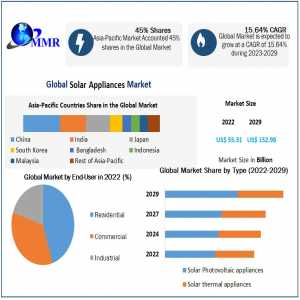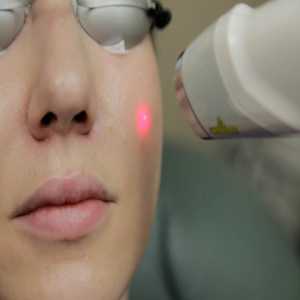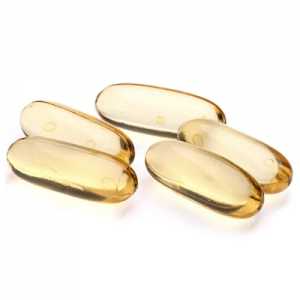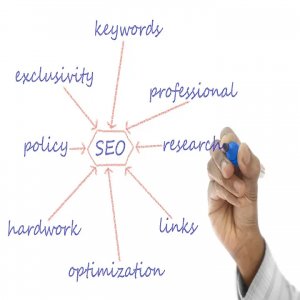
Breaking The Bubble: Exploring The Growth Of The Food Antifoaming Agents Market

Introduction
In the intricate world of food production, where efficiency and quality are paramount, there’s a silent hero working behind the scenes: food antifoaming agents. These subtle yet essential additives prevent unwanted foam formation during food and beverage processing, ensuring smooth operations, consistent product quality, and visual appeal.
As the global food industry expands and innovates, the food antifoaming agents market is bubbling with growth. From dairy and beverages to processed foods and oils, these agents are indispensable in modern manufacturing. Let's dive into the forces propelling this market and what lies ahead.
What Are Food Antifoaming Agents?
Food antifoaming agents (also known as defoamers) are substances added during processing to reduce or prevent foam formation. Foam can interfere with packaging, affect texture, and delay production cycles. These agents break down surface tension and stabilize the production process.
Common types include:
- Silicone-based agents (e.g., polydimethylsiloxane)
- Oil-based agents (vegetable oils or mineral oils)
- Alcohol-based agents
- EO/PO-based agents (ethylene oxide/propylene oxide copolymers)
Market Overview
The global food antifoaming agents market was valued at around USD 4 billion in 2023 and is expected to reach USD 6.2 billion by 2030, growing at a CAGR of 5.5%. The demand is largely driven by:
- The increasing scale of processed food and beverage manufacturing
- The rising popularity of ready-to-eat and convenience foods
- Stringent quality control standards in food production
Key Application Areas
Dairy Products – Prevents foam during pasteurization, fermentation, and packaging of milk, yogurt, and cheese.
Beverages – In carbonated drinks, juices, and alcoholic beverages, foam can ruin consistency and cause spillage during bottling.
Processed & Canned Foods – Used in soups, sauces, and jams where boiling or blending may generate foam.
Edible Oils & Fats – Helps during extraction, refining, and bottling of oils like soy, sunflower, and palm oil.
Confectionery & Bakery – Aids in uniform texture during mixing, aeration, and baking stages.
Top Trends Shaping the Market
- Clean Label Movement
Consumers are demanding transparency and natural ingredients. This has led to rising interest in plant-based or organic antifoaming agents, especially in the premium food segment. - Innovation in Silicone-Free Formulations
Although silicone-based defoamers dominate the market, food companies are exploring non-silicone alternatives to meet regulatory or consumer requirements in certain markets. - Customized Formulations
Manufacturers now offer tailored antifoaming solutions optimized for specific production environments, improving performance and cost-efficiency. - Rise of Plant-Based and Vegan Foods
With increased production of alternative protein and dairy-free products, there's growing demand for foam control agents that align with vegan certifications and allergen-free labeling. - Regulatory Focus on Food Safety
Compliance with FDA, EFSA, and Codex Alimentarius standards ensures that food antifoaming agents are safe, effective, and used within permissible limits.
Regional Insights
- North America remains the largest market, thanks to advanced food processing infrastructure and high regulatory compliance.
- Europe is seeing steady demand, particularly in dairy, bakery, and beverages.
- Asia-Pacific is emerging as the fastest-growing region, with booming food manufacturing in China, India, and Southeast Asia.
Challenges and Considerations
While the market is growing, there are some hurdles:
- Stringent food safety regulations can delay product approvals.
- Consumer skepticism around chemical additives pushes manufacturers toward natural or organic alternatives.
- Volatile raw material prices (e.g., silicone, oils) can impact manufacturing costs.
Manufacturers must invest in R&D and regulatory expertise to stay competitive and compliant.
Key Players in the Market
Some major companies shaping the food antifoaming agents landscape include:
- Dow Chemical Company
- Wacker Chemie AG
- Evonik Industries
- Momentive Performance Materials
- Ashland Global Holdings
- Shin-Etsu Chemical Co., Ltd.
- BASF SE
- Antifoam Industries
- KCC Basildon
- HiMedia Laboratories
These players are focusing on sustainability, customization, and expanding their global footprint.
The Road Ahead
The food antifoaming agents market is expected to continue its steady ascent, fueled by:
- Growing global food production and exports
- Technological advancements in clean-label and silicone-free agents
- Expansion of food processing in developing economies
- Partnerships between food processors and specialty chemical companies
As long as food manufacturers need efficiency and perfection in every batch, antifoaming agents will remain a crucial ingredient in the mix.
Conclusion
Though invisible to consumers, food antifoaming agents play a vital role in making food production smoother, faster, and more consistent. As the food industry continues to evolve, the demand for smarter, safer, and more sustainable antifoaming solutions will only rise. For businesses in food manufacturing and ingredient innovation, now is the time to tap into this quietly booming market.
Author Bio
Article Comments
No Comments!
At present there are zero comments on this article.
Why not be the first to make a comment?
Similar Articles
Search Pages
User Upgrade
account to full use of editor,
Including hyperlinks
Article Categories
There are zero sub-categories in this parent category.
There are zero sub-categories in this parent category.

















